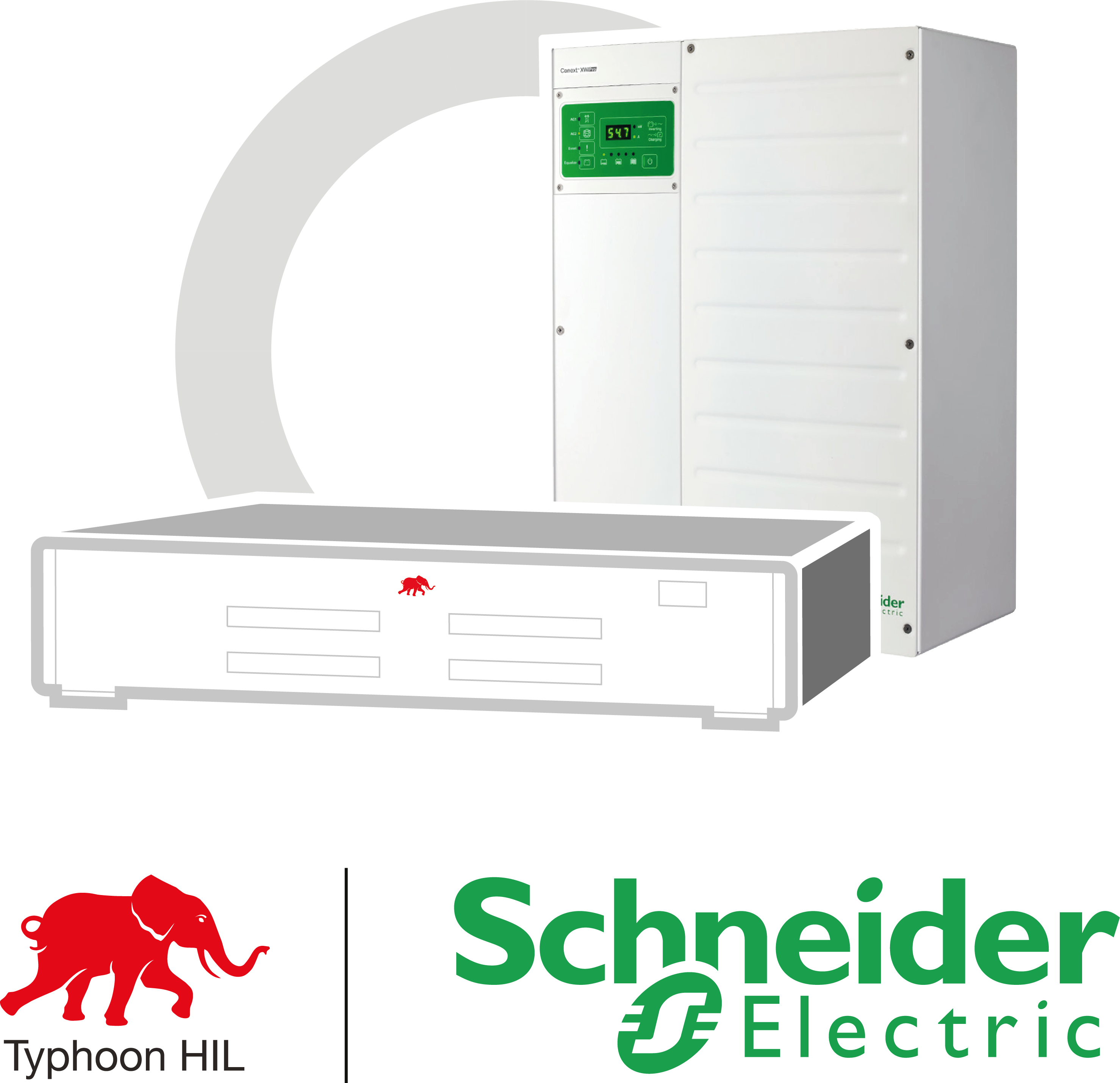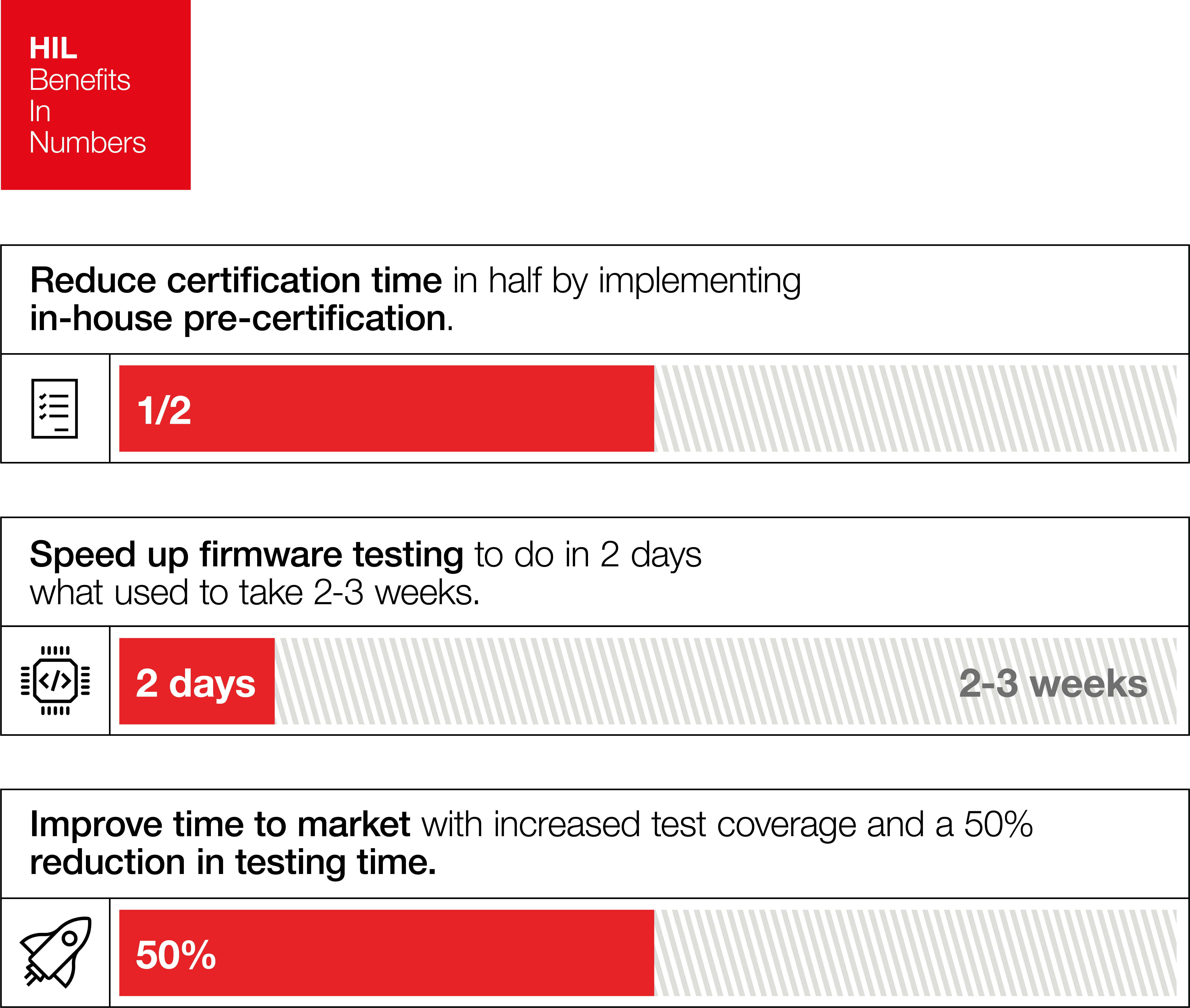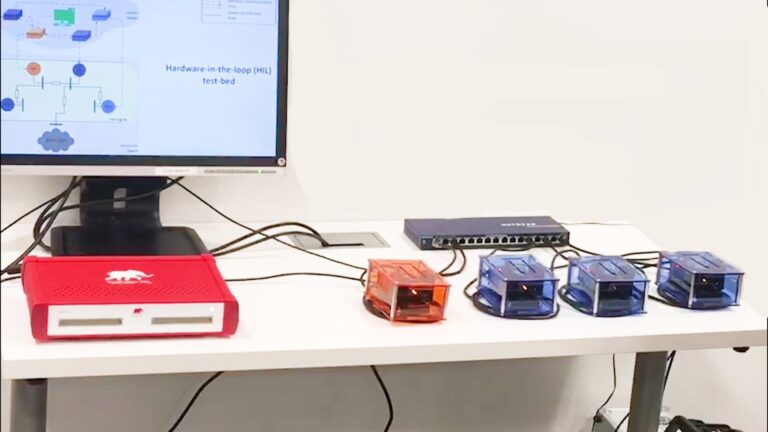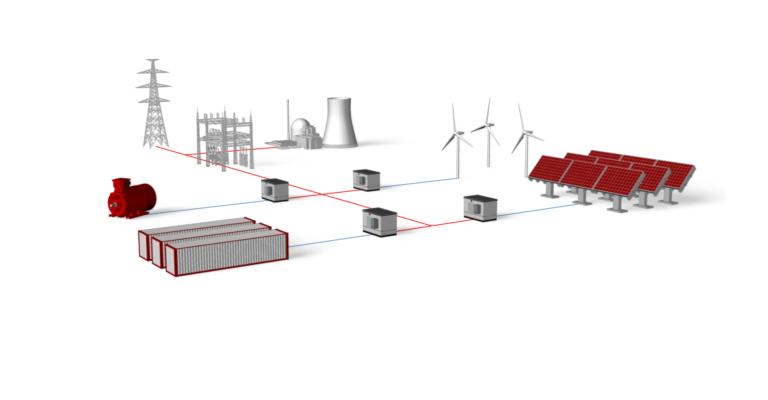
Introduction
Steven VanWerkhoven is the Director of Software Development at Schneider Electric. He runs all the teams for power electronics controls, firmware, and software development and lifecycle maintenance – in short, the teams that develop everything that goes inside Schneider Electric’s hybrid residential inverters.
Challenges | What are the major challenges hybrid inverter manufacturers face when developing, testing, validating, and certifying inverters?
There are a lot of challenges with hybrid inverter design and testing, especially when these inverters are designed to be sold worldwide. We need to develop control algorithms to handle different grid disturbances in accordance with local grid code requirements (e.g. UL 1741 SA, PREPA). So, testing, grid code compliance validation, and pre-certification take a huge amount of development time and cost.
We’re continually developing new and expanding existing features in the form of new control algorithms in our inverters. Since this is handled by a large team of software developers who work continuously, what we need is a system that can run a check every time we commit a code change. You don’t want to go through six months of work with untested software.
Earlier, testing our inverter controls used to involve testing with the real inverter in a power lab. This meant a long lead time for getting the actual inverter prototype and assembling it into the lab setup. As power converters today get more complicated, the cost and complexity of these lab setups go up exponentially. Additionally, operating power lab equipment and running tests takes a lot of manpower and time; we would be able to run only 5 to 10 tests per day at maximum. We had a big need for a robust and extensive HIL testing framework that would speed up control software testing and reduce time-to-market.
HIL Testing | How does your HIL setup look like and what do you test with it?
Typhoon HIL is the core of our Controller-Hardware-In-The-Loop (C-HIL) platform – for example, the AC grid is simulated inside of it. Because we have full control over the AC grid model, we can simulate any disturbance we want, e.g. Low Voltage Ride-Through (LVRT) or anti-islanding events. We can take the actually measured voltage waveforms from the field and run them in Typhoon HIL, so we can see how the inverter responds to those exact voltage waveforms. And that really dramatically decreases troubleshooting time. If you were trying to do that in the power lab, it would be very complicated and costly.
In the beginning, the main questions were: how accurate are the models, how much can you trust them, how useful are they? We had to answer those questions ourselves when we started using HIL. So, we did the same test cases in the lab and in HIL to validate the models. We found that they match really well, with less than 1% error for steady-state conditions and within 5% or less error during fast transition dynamic test cases.
Testing and pre-certification is where implementing Typhoon HIL’s Controller Hardware-in-the-Loop (C-HIL) test solutions helped us the most: we dramatically decreased our development and testing time through test automation and the wide array of tested scenarios enabled us to always step into certification with full confidence.
Steven VanWerkhoven
Director of Software Development
Schneider Electric
HIL Automation | How did you set up the automation procedures for testing inverter control software updates?
With our Python test framework, we can use Typhoon’s HIL API to trigger a test suite through Jenkins. All of the test cases that we’re developing automatically get added to our full regression test suite.Weprobablyrunthousands of test cases every weekend. Each Friday evening, the system gets automatically triggered. It takes the latest build from our software programs, puts it on the controller board, and runs all weekend through all sets of parameters – so we can observe the test results when we’re back on Monday morning.
However, after each new code is committed to the repository, we also run the control software through a subset of operating conditions and corner cases – we call that a “sanity test suite”.We also run a larger set of cases each night. What this ensures is that new features that are being developed are always tested as soon as possible.
HIL Benefits | How did implementing HIL improve your work and product reliability?
The advantage of having an automated HIL platform is that the system automatically performs quality tests for new features every day in real time as the developers push code. Also, the HIL testing environment allows us to test the real code of our real controls compiled into the actual controller board from the very beginning. For us, this means we are ready to go into lab testing, certification, or software release at any time. For the customer, this is an assurance that their product will pass all of the test cases, as the latest software we are developing is always fully tested. Another advantage of HIL is that we can test basically any corner case with coverage of thousands of test cases. We can simulate what we’ll see in the field where we can’t even do that in a lab. HIL Tested ensures that the products are reliable.
The HIL results were sufficient for certification in many cases as well. The certification body accepted the test results from our HIL platform because our whole platform had been verified and validated against laboratory results and we proved that the accuracy was well within tolerance.

Credits
Text | Debora Santo, Sergio Costa, Ivan Celanovic
Visuals | Karl Mickei, Debora Santo
Editor | Debora Santo
Disclaimer | The blog is based on the interview done for the Building a Better Microgrid Industry Spotlight video series with Schneider Electric by Typhoon HIL.



